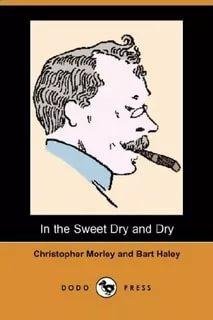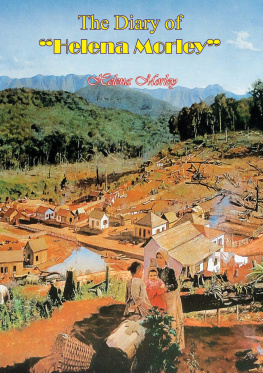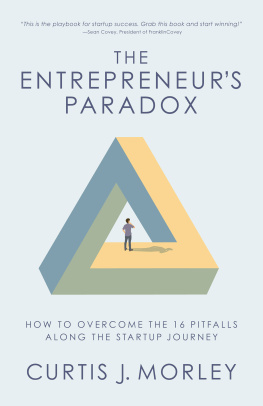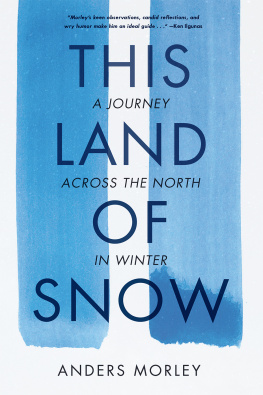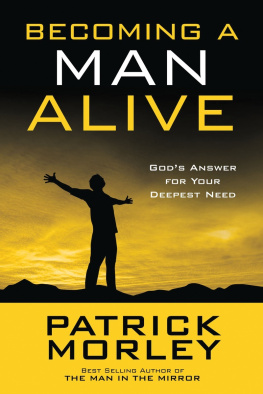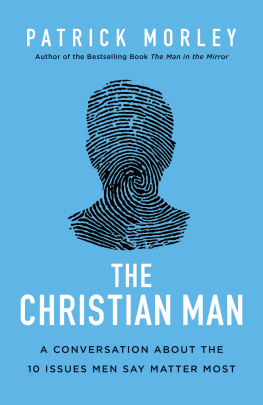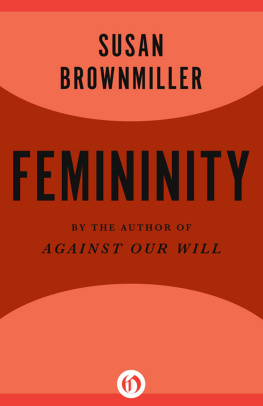Rachel Morleys carefully researched and convincingly argued study re-examines the transformation of the female from performing object to performing subject in pre-revolutionary Russian silent cinema. Her work is skilfully interdisciplinary: cutting across cinema studies, dance and performance studies, as well as feminist and gender studies, and more.
Vladimir Padunov, University of Pittsburgh, USA
Nuanced in its attention to cinematographic technique, sensitive in the application of theoretical models, and firmly grounded in historical context, this elegantly written book represents a major contribution to the study not only of early cinema, but of womens history in Russia.
Emma Widdis, University of Cambridge
Rachel Morleys illuminating study is a uniquely detailed exploration of gender relations in early Russian cinema that also conveys much of importance about the culture of the era more generally.
Catriona Kelly, University of Oxford
Kino Series
Joint General Editors: Birgit Beumers & Richard Taylor
Editorial Board: Birgit Beumers, Julian Graffy, Richard Taylor & Denise J. Youngblood
Richard Taylor, Film Propaganda: Soviet Russia and Nazi Germany (second, revised edition 1998)
Birgit Beumers (editor), Russia on Reels: The Russian Idea in Post-Soviet Cinema (1999)
Graham Roberts, Forward Soviet!: History and Non-Fiction Film in the USSR (1999)
Josephine Woll, Real Images: Soviet Cinema and the Thaw (2000)
Peter Kenez, Cinema and Soviet Society: From the Revolution to the Death of Stalin (2001)
Amy Sargeant, Vsevolod Pudovkin: Classic Films of the Soviet Avant-Garde (2001)
Anne Nesbet, Savage Junctures: Sergei Eisenstein and the Shape of Thinking (2003)
Jeremy Hicks, Dziga Vertov: Defining Documentary Film (2007)
Jamie Miller, Soviet Cinema: Politics and Persuasion under Stalin (2010)
Birgit Beumers and Nancy Condee (editors), The Cinema of Alexander Sokurov (2011)
Robert Robertson, Eisenstein on the Audiovisual: The Montage of Music, Imageand Sound in Cinema (2011)
Nariman Skakov, The Cinema of Tarkovsky: Labyrinths of Space and Time (2012)
Michael Rouland, Gulnara Abikeyeva and Birgit Beumers (editors), Cinema in Central Asia: Rewriting Cultural Histories (2013)
Joshua First, Ukrainian Cinema: Belonging and Identity during the Soviet Thaw (2015)
Marina L. Levitina, Russian Americans in Soviet Film: Cinematic Dialogues between the US and the USSR (2015)
Rachel Morley, Performing Femininity: Woman as Performer in Early Russian Cinema (2017)
Forthcoming:
Oksana Sarkisova, Screening Soviet Nationalities: Kulturfilms from the Far North to Central Asia (2017)
Jamie Miller, Propaganda and Popular Entertainment in the USSR: The Mezhrabpom Studio (2018)
Julian Graffy, Through a Russian Lens: Representing Foreigners in a Century of Russian Film (2018)
Birgit Beumers, The Cinema of the New Russia (2019)
Published in 2017 by
I.B.Tauris & Co. Ltd
London New York
www.ibtauris.com
Copyright 2017 Rachel Morley
The right of Rachel Morley to be identified as the author of this work has been asserted by the author in accordance with the Copyright, Designs and Patents Act 1988.
All rights reserved. Except for brief quotations in a review, this book, or any part thereof, may not be reproduced, stored in or introduced into a retrieval system, or transmitted, in any form or by any means, electronic, mechanical, photocopying, recording or otherwise, without the prior written permission of the publisher.
Every attempt has been made to gain permission for the use of the images in this book. Any omissions will be rectified in future editions.
References to websites were correct at the time of writing.
KINO: The Russian and Soviet Cinema Series
ISBN: 978 1 78453 159 1
eISBN: 978 1 78672 058 0
ePDF: 978 1 78673 058 9
A full CIP record for this book is available from the British Library
A full CIP record is available from the Library of Congress
Library of Congress Catalog Card Number: available
List of Illustrations
Illustrations 3.1, 3.2, 3.3, 5.1, 5.2 and 6.1: courtesy of Gosfilmofond of Russia
Illustrations 4.1, 4.2, 4.3, 4.4, 4.5, 4.6, 7.1, 7.3, 7.4 and 7.5: courtesy of the British Film Institute
Vera sits alone in her bedroom (Bauer, Twilight of a Womans Soul, 1913)
Petrov parts the gauze curtains and enters Veras bedroom (Bauer, Twilight of a Womans Soul, 1913)
Veras bedroom, presented naturalistically (Bauer, Twilight of a Womans Soul, 1913)
As Mary flirts with her admirers, the camera tracks in on an exotic Salome dancer (Bauer, Child of the Big City, 1914)
The Salome dancer (Bauer, Child of the Big City, 1914)
Mary tangos with her new lover (Bauer, Child of the Big City, 1914)
Mary steps over Viktors corpse, revealing her tango slipper (Bauer, Child of the Big City, 1914)
Viktors study (Bauer, Child of the Big City, 1914)
The juxtaposition of idealised aesthetic image and real self-image: the faithless Mary indulges herself in erotic daydreams of Viktors valet (Bauer, Child of the Big City, 1914)
Lola performs in her Gypsy costume in the privacy of her bedroom (Chardynin, The Love of a Councillor of State, 1915)
Lola attempts to enliven the von Brcks dull tea party by playing music-hall tunes on the piano (Chardynin, The Love of a Councillor of State, 1915)
The vengeful sister performs her Duncan-esque dance (Bauer, Iurii Nagornyi, 1916)
Zoia makes Andrei the object of her gaze (Bauer, After Death, 1915)
The extreme close-up of Vera Karalli as Zoia Kadmina (Bauer, After Death, 1915)
Andrei dreams of Zoia (Bauer, After Death, 1915)
Zoia recites Tatianas bold love letter from Pushkins Evgenii Onegin (Bauer, After Death, 1915)
Surrounded by toga-clad actors, Zoia expires (Bauer, After Death, 1915)




